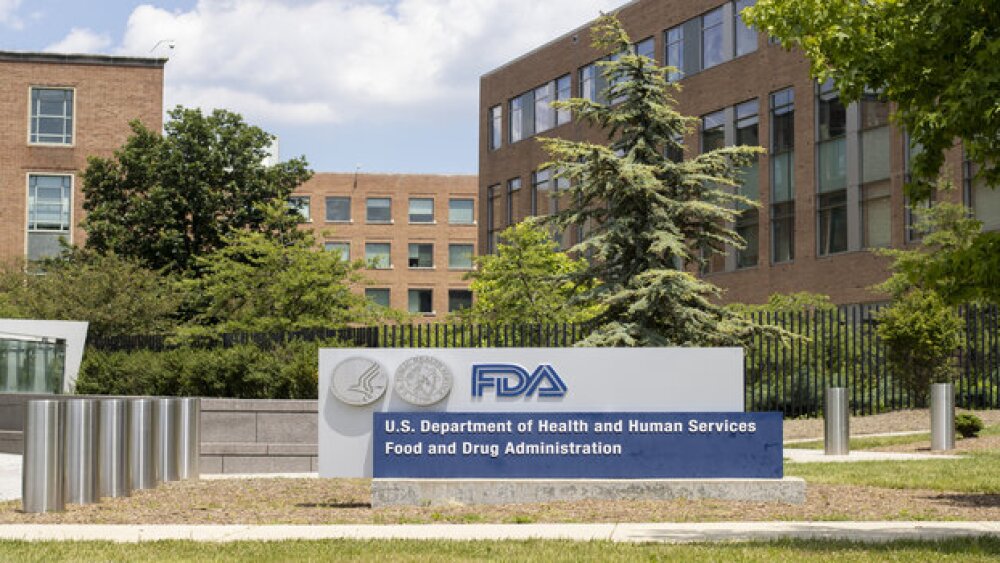Researchers at the University of California-Los Angeles Health Sciences have developed a scar-in-a-dish model derived from stem cells that can mimic fibrosis.
Fibrosis, or scarring, is central to a number of diseases, including cirrhosis of the liver, chronic kidney disease and several lung diseases. Generally, any organ in the body can repair itself after injury. Normally, scarring occurs and then recedes, making room for normal tissue as healing occurs. But sometimes the healing goes awry and the cells that make up scar tissue continue dividing and spreading until the scar tissue itself “strangles” the organ it was healing. This can cause organ failure.
Researchers at the University of California-Los Angeles Health Sciences have developed a scar-in-a-dish model derived from stem cells that can mimic fibrosis. They then identified a drug that could stop the fibrotic progression and, in further animal models, actually reverse fibrosis. They published their research in the journal Cell Reports.
“Millions of people living with fibrosis have very limited treatment options,” said Brigitte Gomperts, a member of the Eli and Edythe Broad Center of Regenerative Medicine and Stem Cell Research at UCLA. “Once scarring gets out of control, we don’t have any treatments that can stop it, except for whole-organ transplant.”
The scar-in-a-dish model utilized several different types of cells derived from human stem cells. It used induced pluripotent stem cells (iPS).
“Fibrosis likely occurs as the result of interactions between multiple different cell types, so we didn’t think it made sense to use just one cell type to generate a scarring model,” said Preethi Vijayaraj, the report’s first author and an assistant adjunct professor of pediatric hematology/oncology at the David Geffen School of Medicine at UCLA and a member of the UCLA Johnsson Comprehensive Cancer Center.
The mixture of cells they grew had many types that are believed to participate in fibrosis, including mesenchymal cells, epithelial cells and immune cells. All of them maintained some plasticity, allowing them to change cells types. This is the first known model to recreate that plasticity, which is associated with progressive fibrosis.
They then placed the cells in a rigid hydrogel that was similar to the stiffness of a scarred organ. The cells behaved the same way they would to injury, producing damage signals and activating transforming growth factor beta (TGF beta), which typically stimulates fibrosis.
The use of the gel, as opposed to tissue, meant it couldn’t heal itself. This allowed the researchers to test molecules on the scarring in a way that isolated the drug and scarring tissues. They tested more than 17,000 small molecules. They identified one that stopped progressive scarring and healed the damage. They believe the compound activates the cells’ innate wound healing processes.
“This drug candidate seems to be able to stop and reverse progressive scarring in a dish by actually breaking down the scar tissue,” said Gomperts. “We tested it in animal models of fibrosis of the lungs and eyes and found that it has promise to treat both of those diseases.”
The next steps are to determine how the drug candidate works and also screen more molecules. The drug has not been tested in humans. The therapeutic strategy is covered by a patent application the UCLA Technology Development Group filed on behalf of the Regents of the University of California, with Gomperts and Vijayaraj listed as co-inventors. Gomperts is also a co-founder and stock owner of a biotech company, InSpira, which is focused on developing the molecule and strategy for fibrosis.





